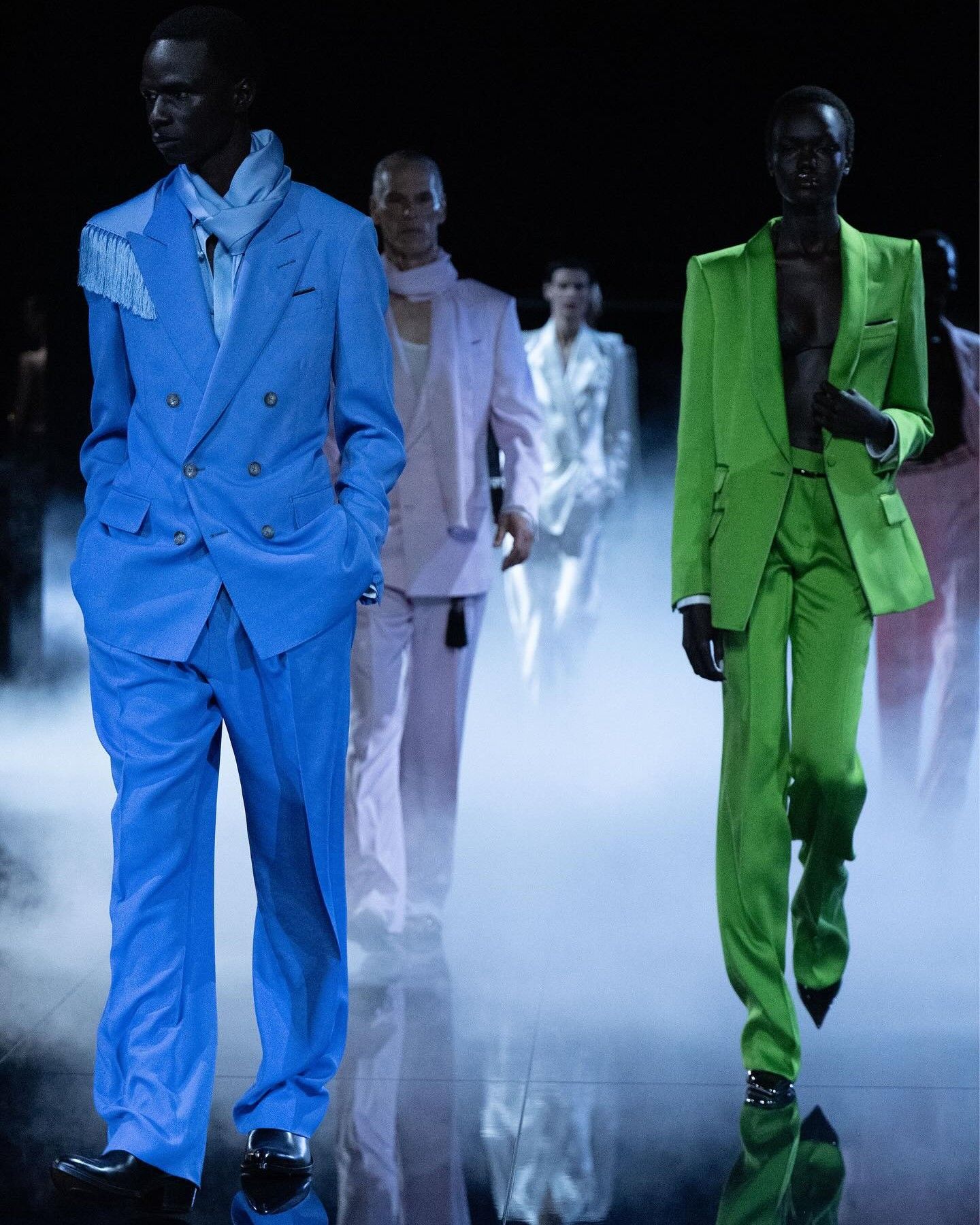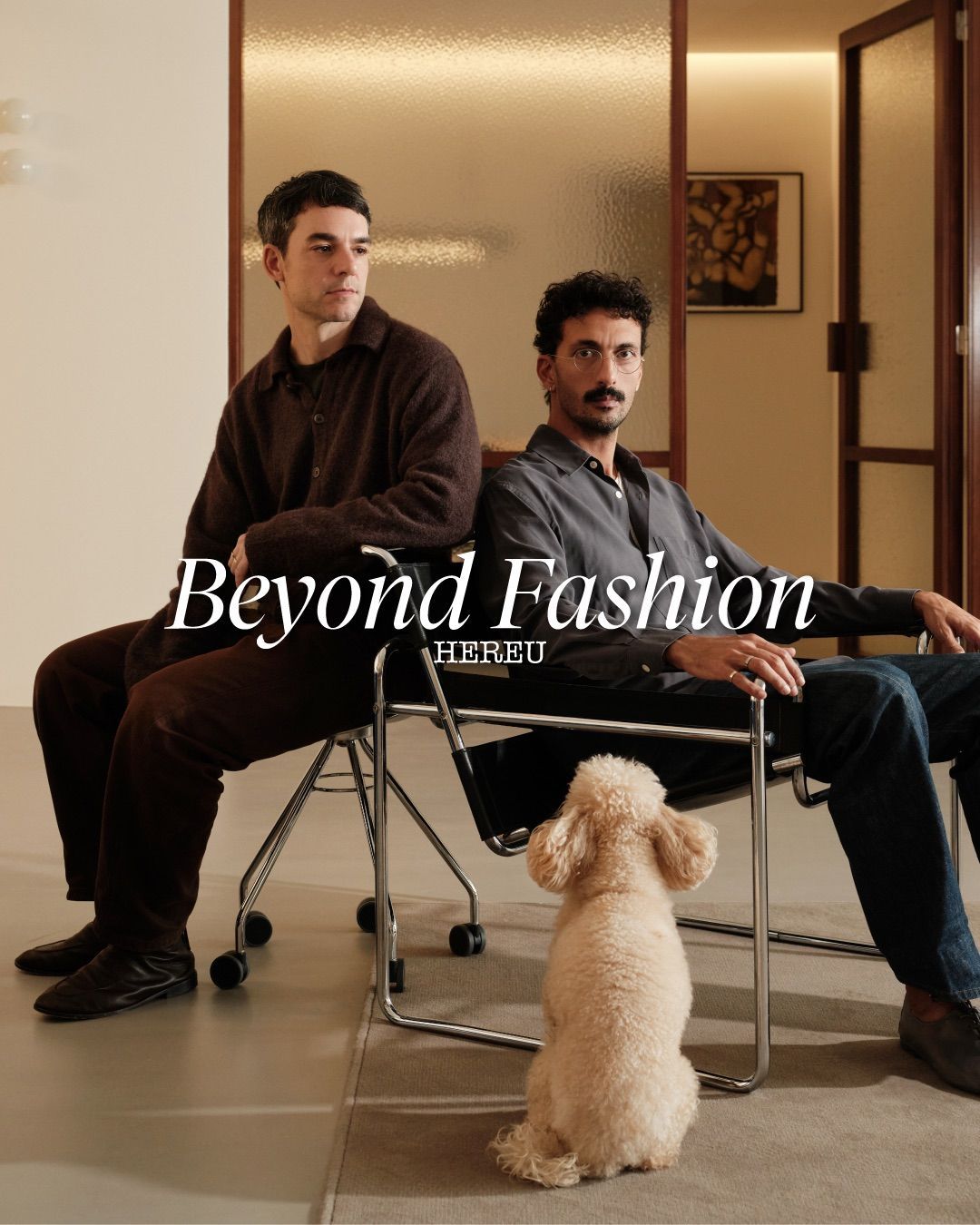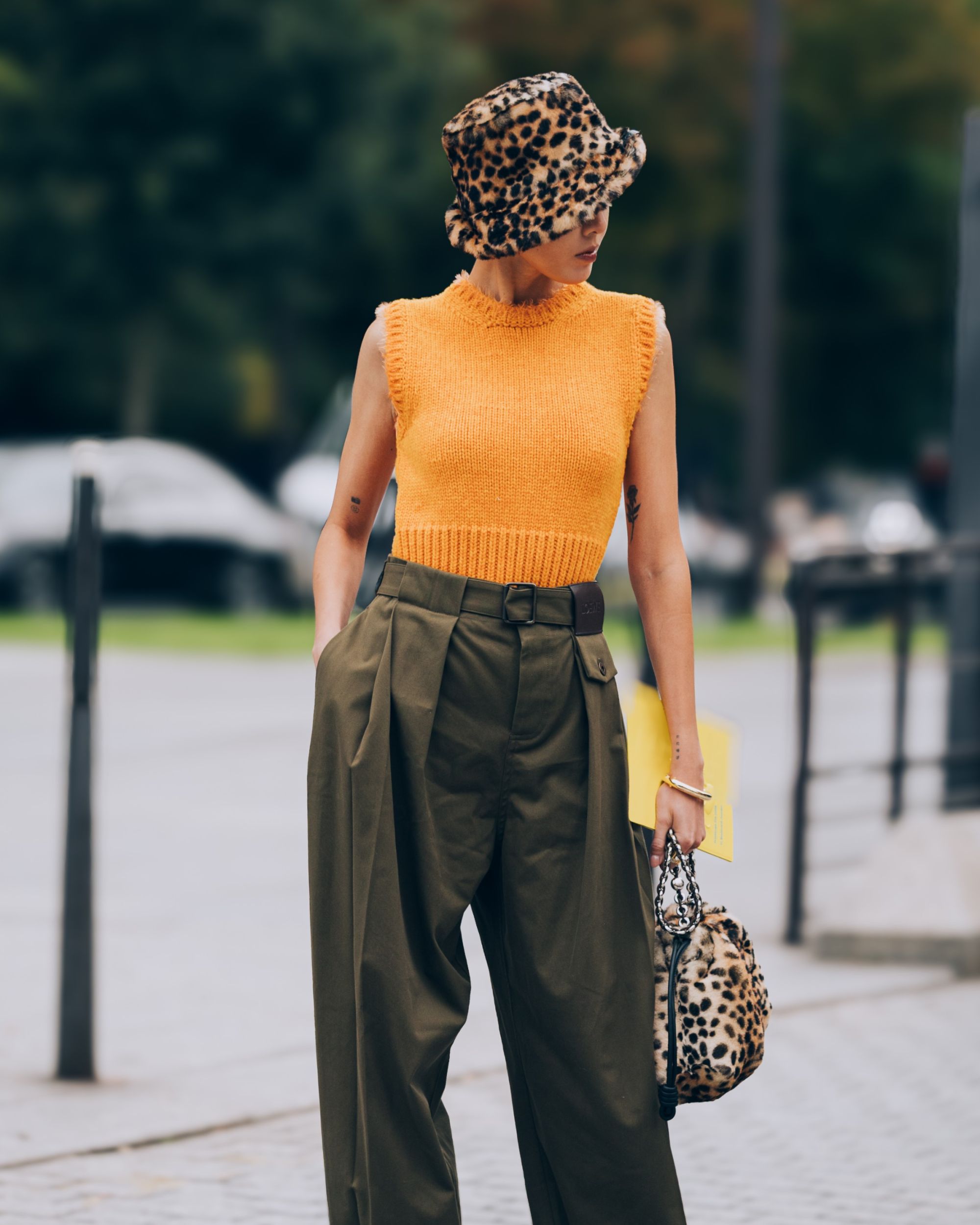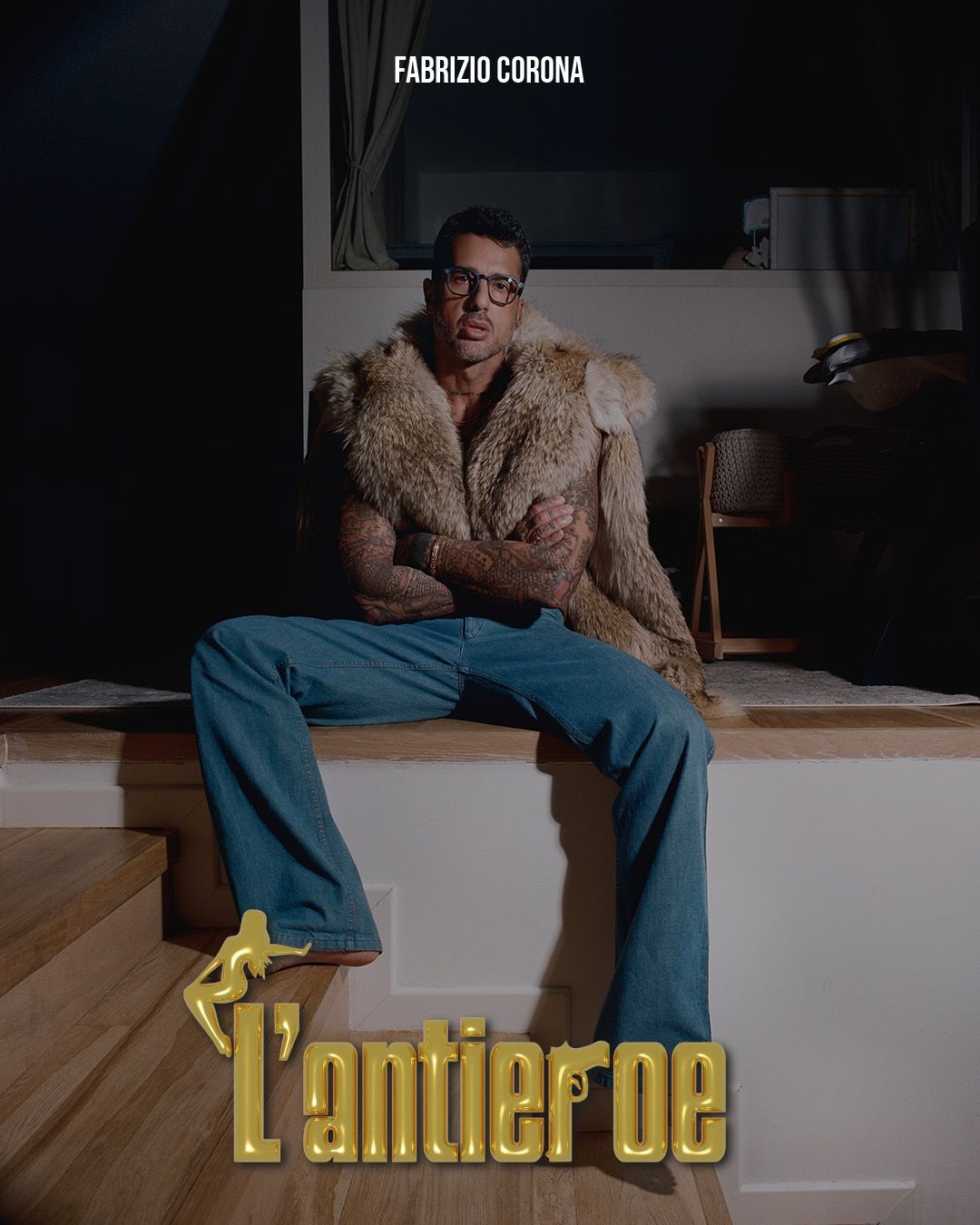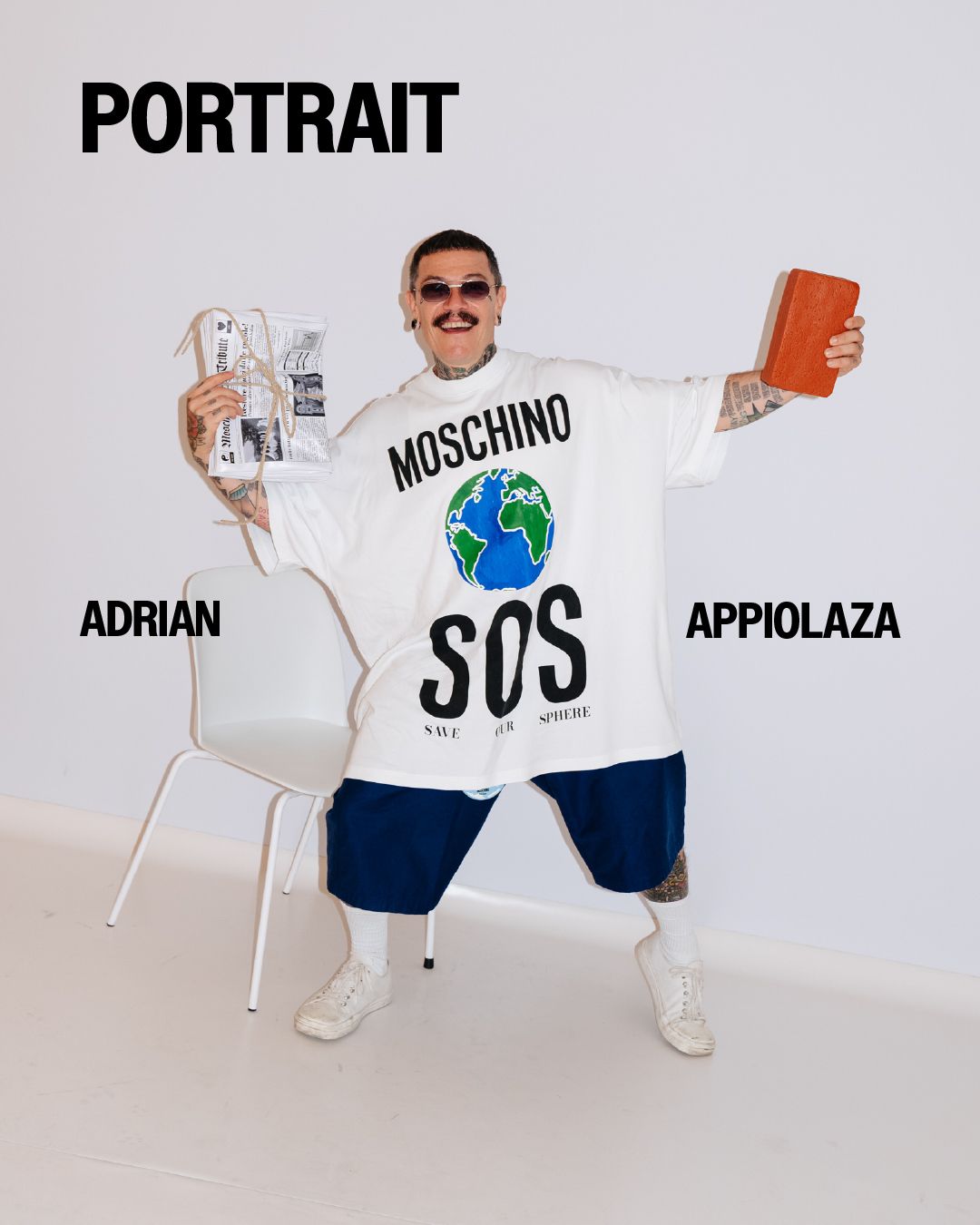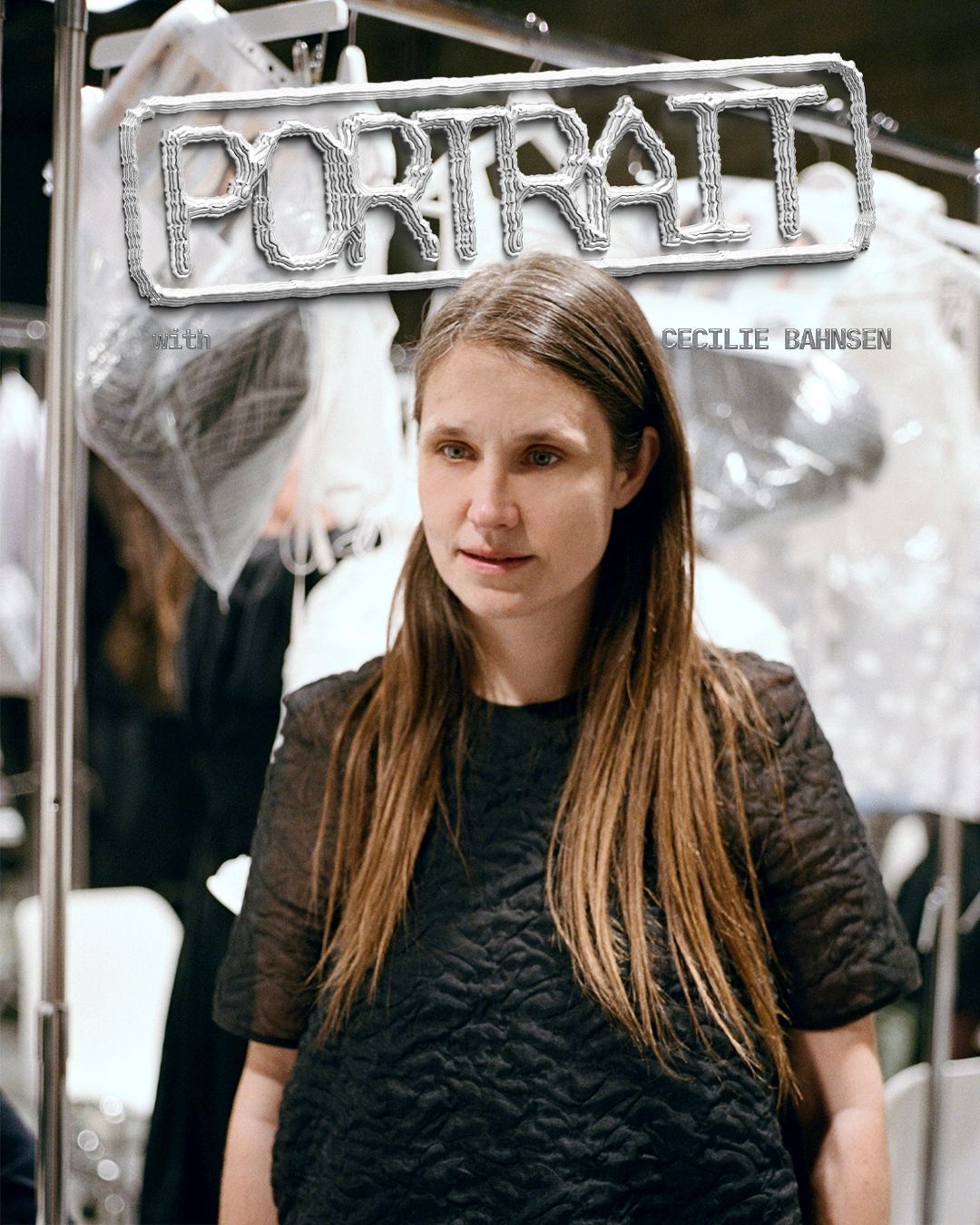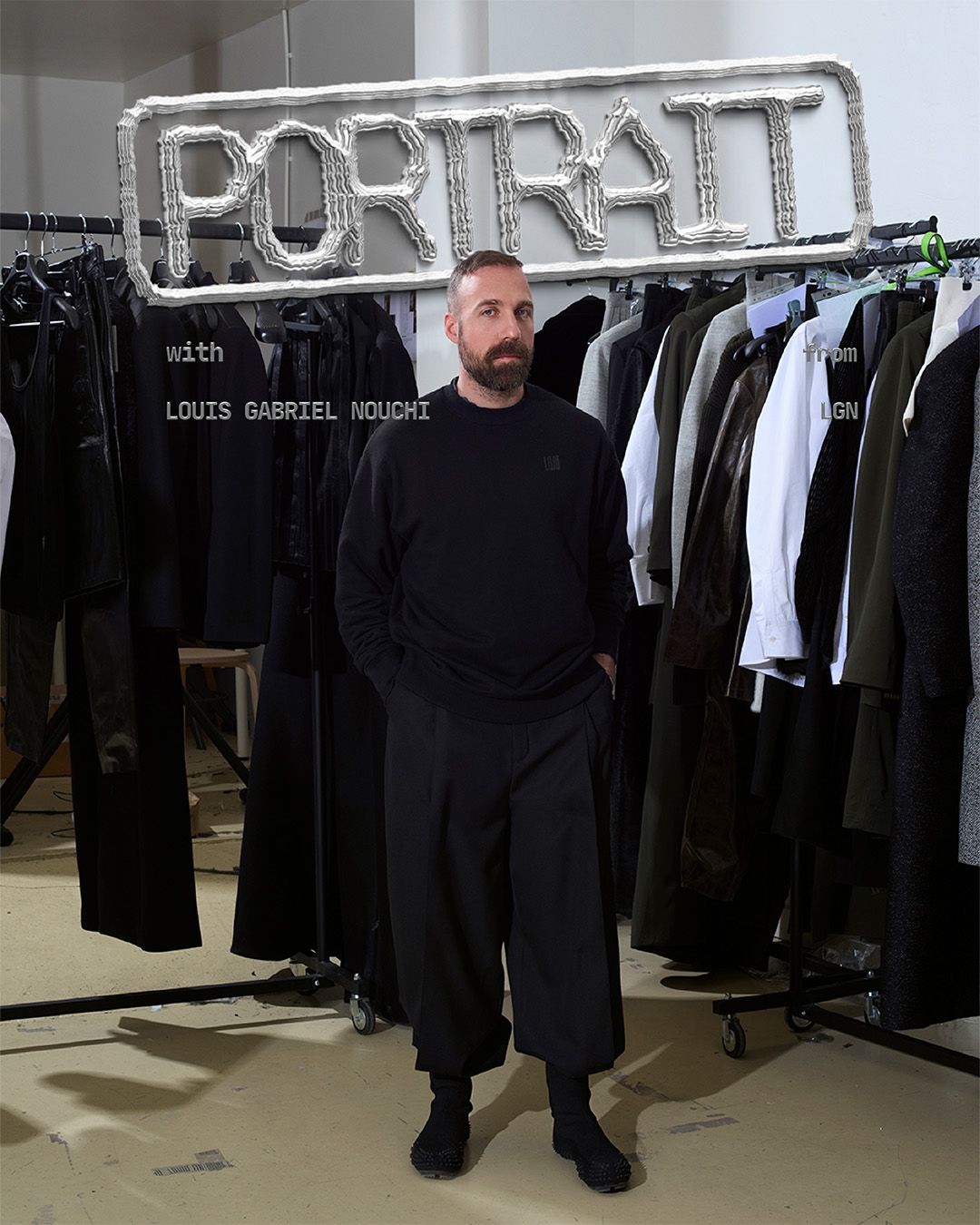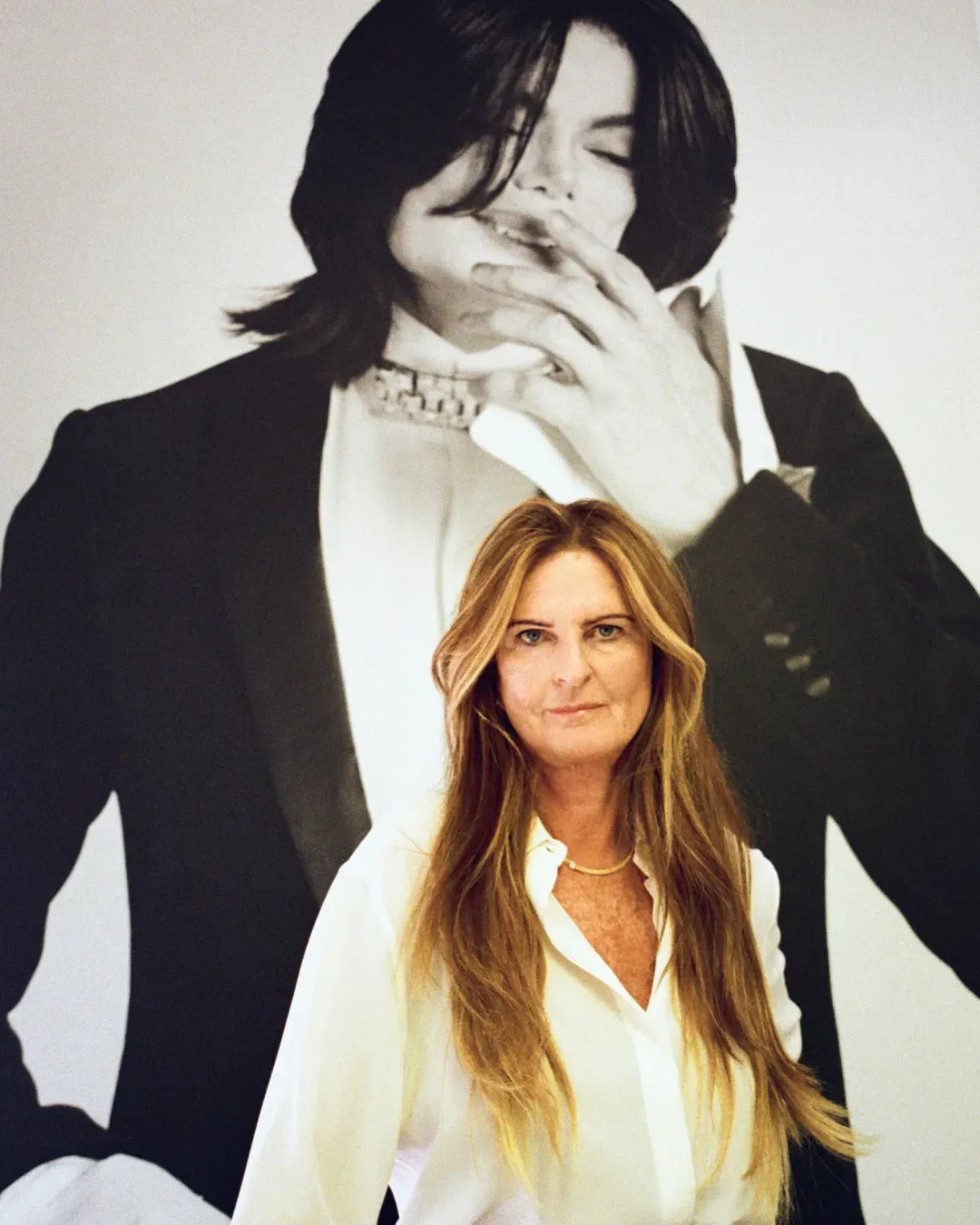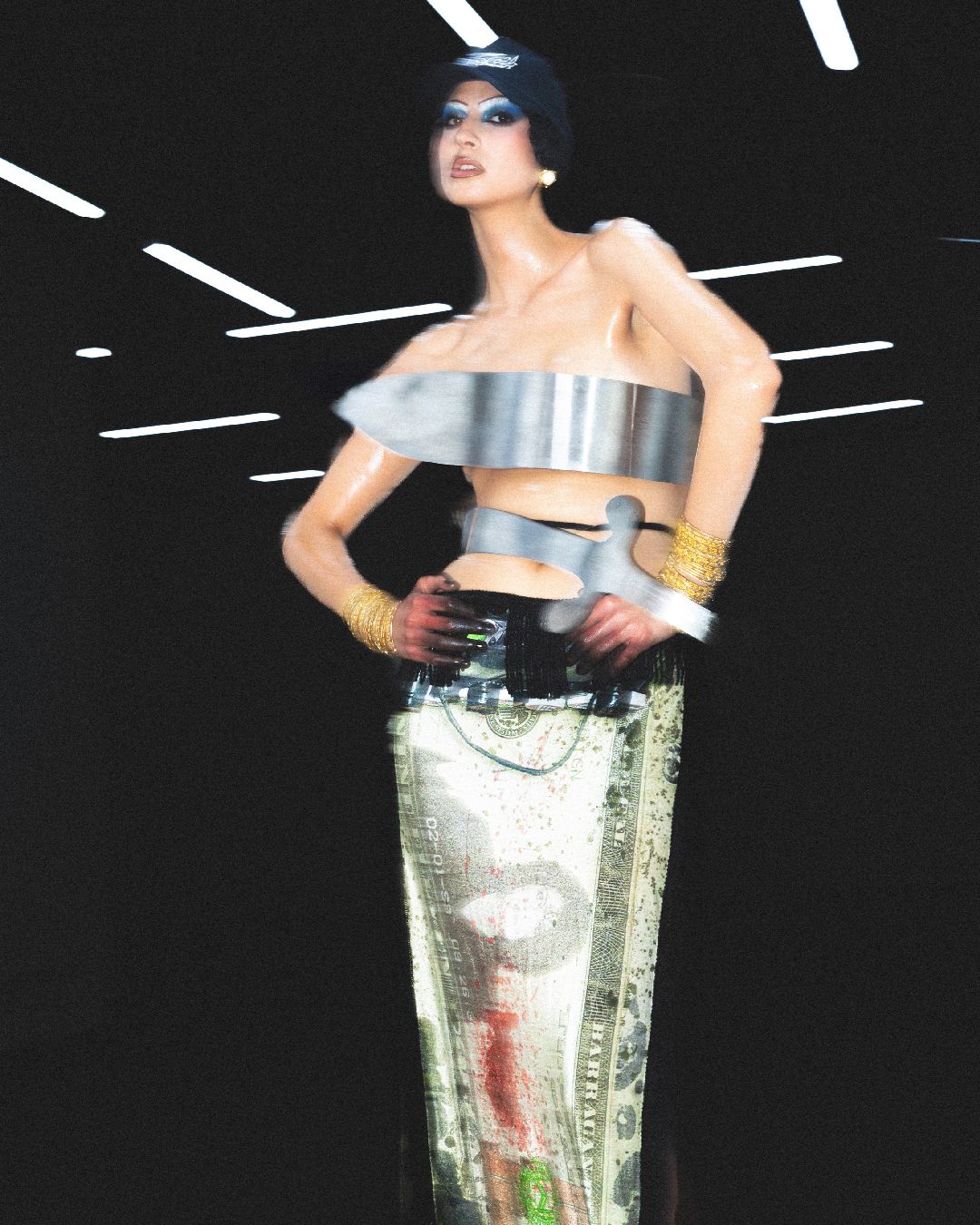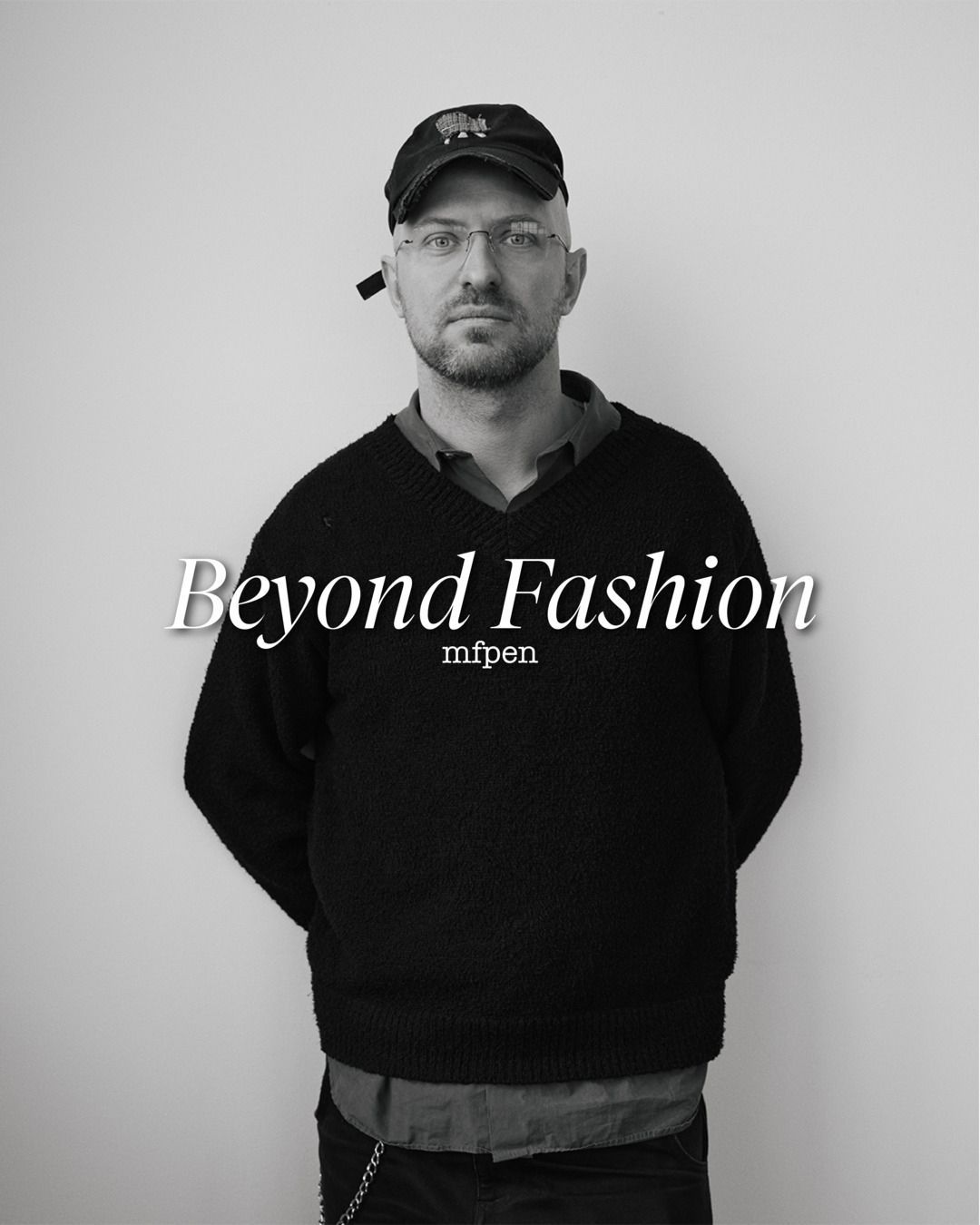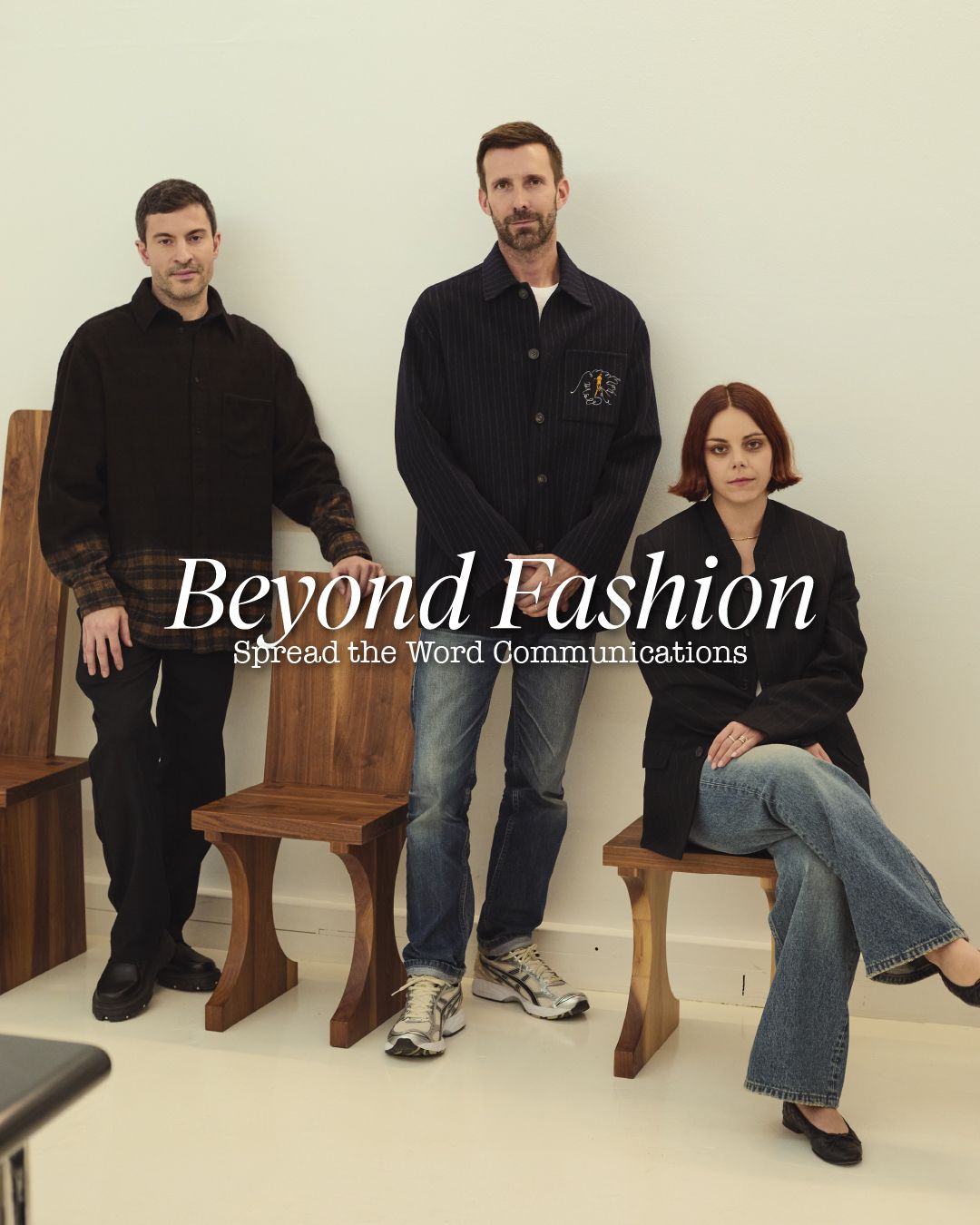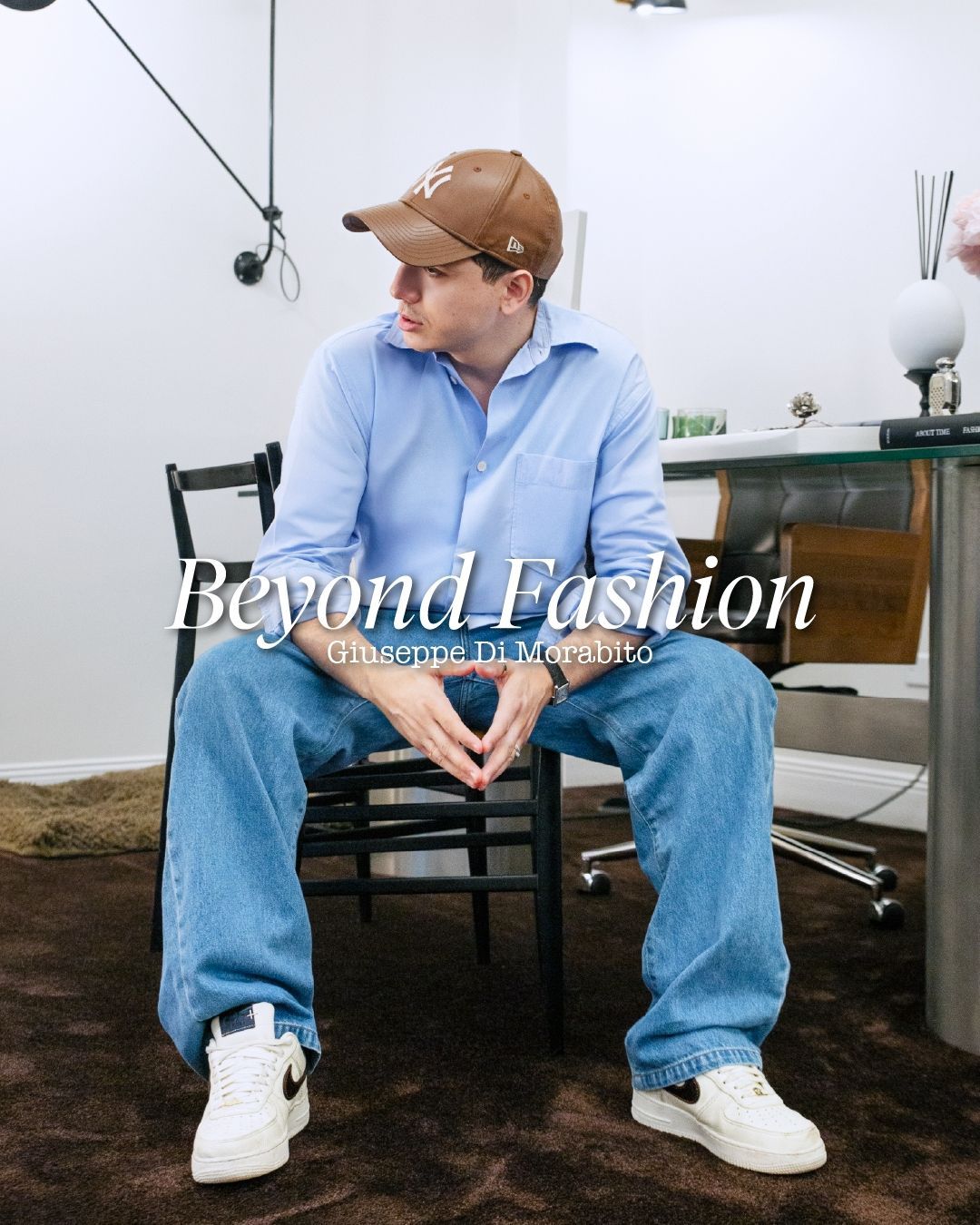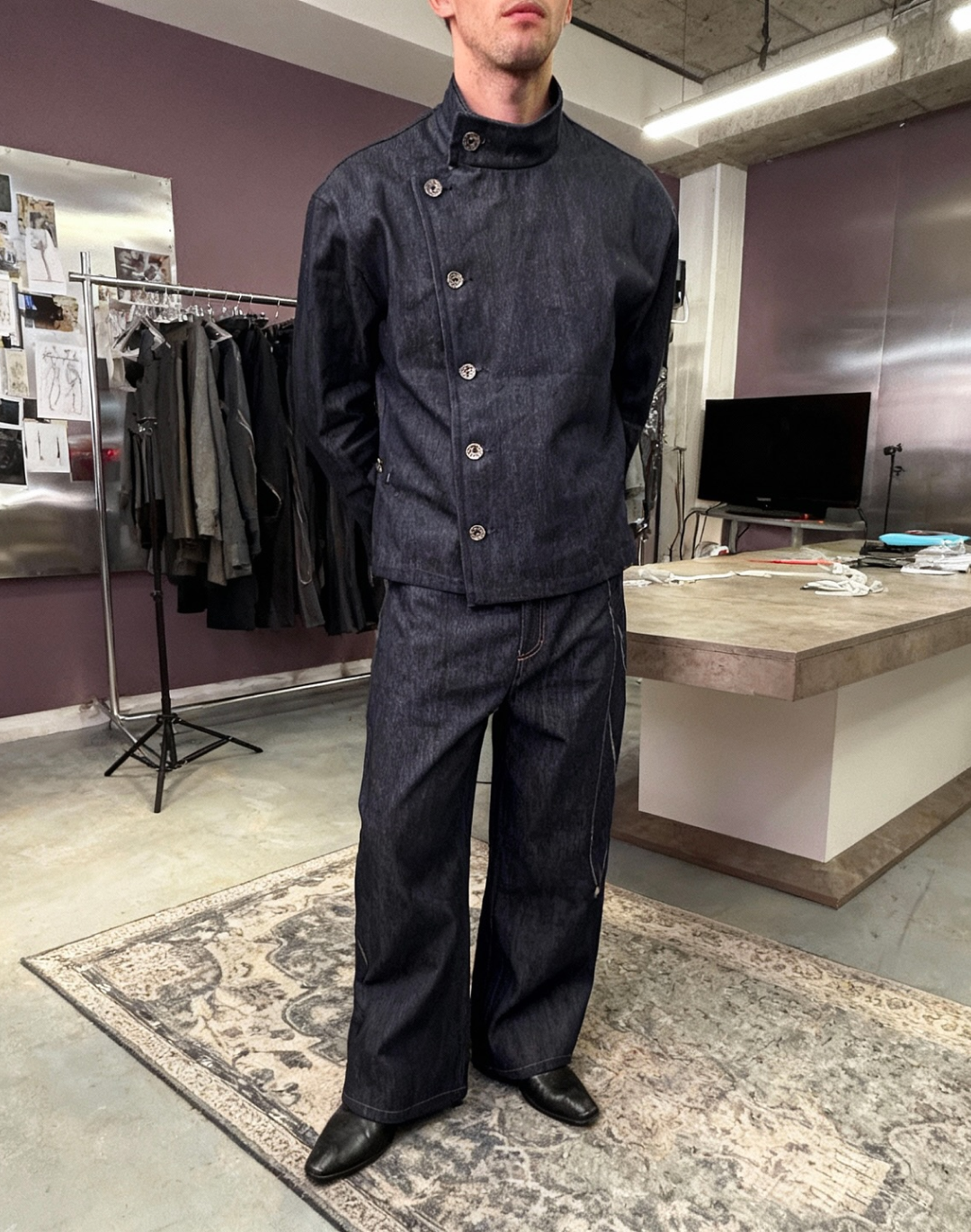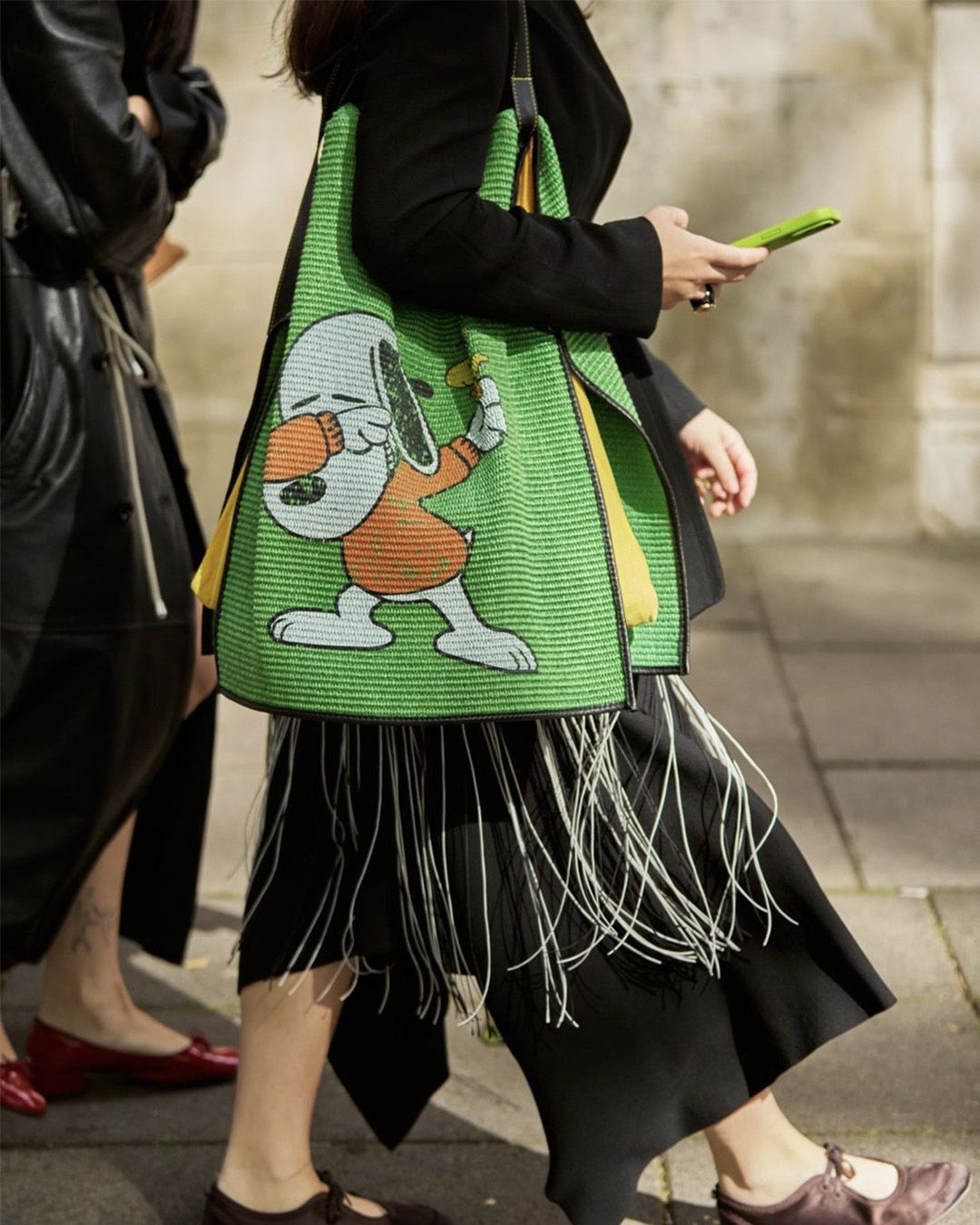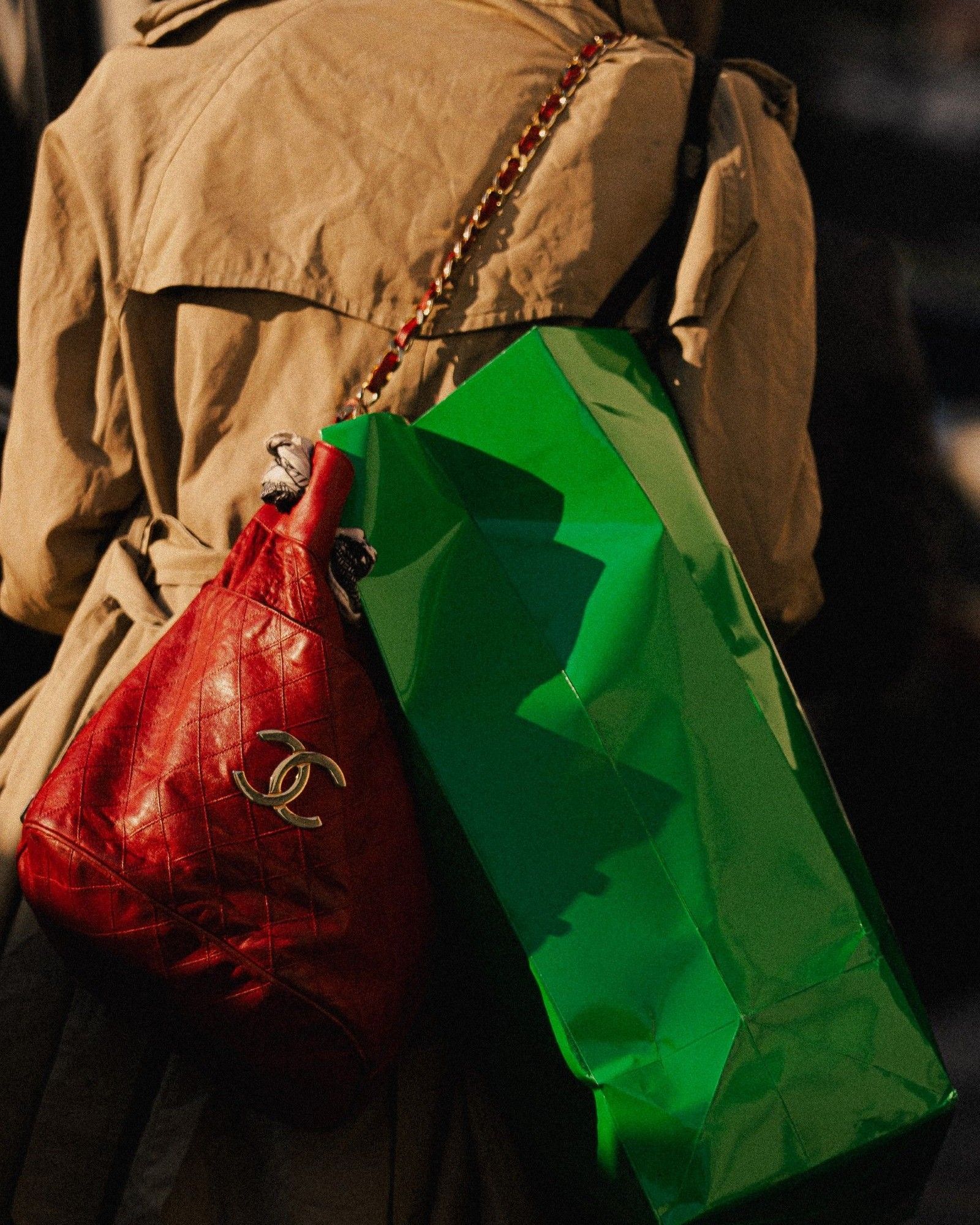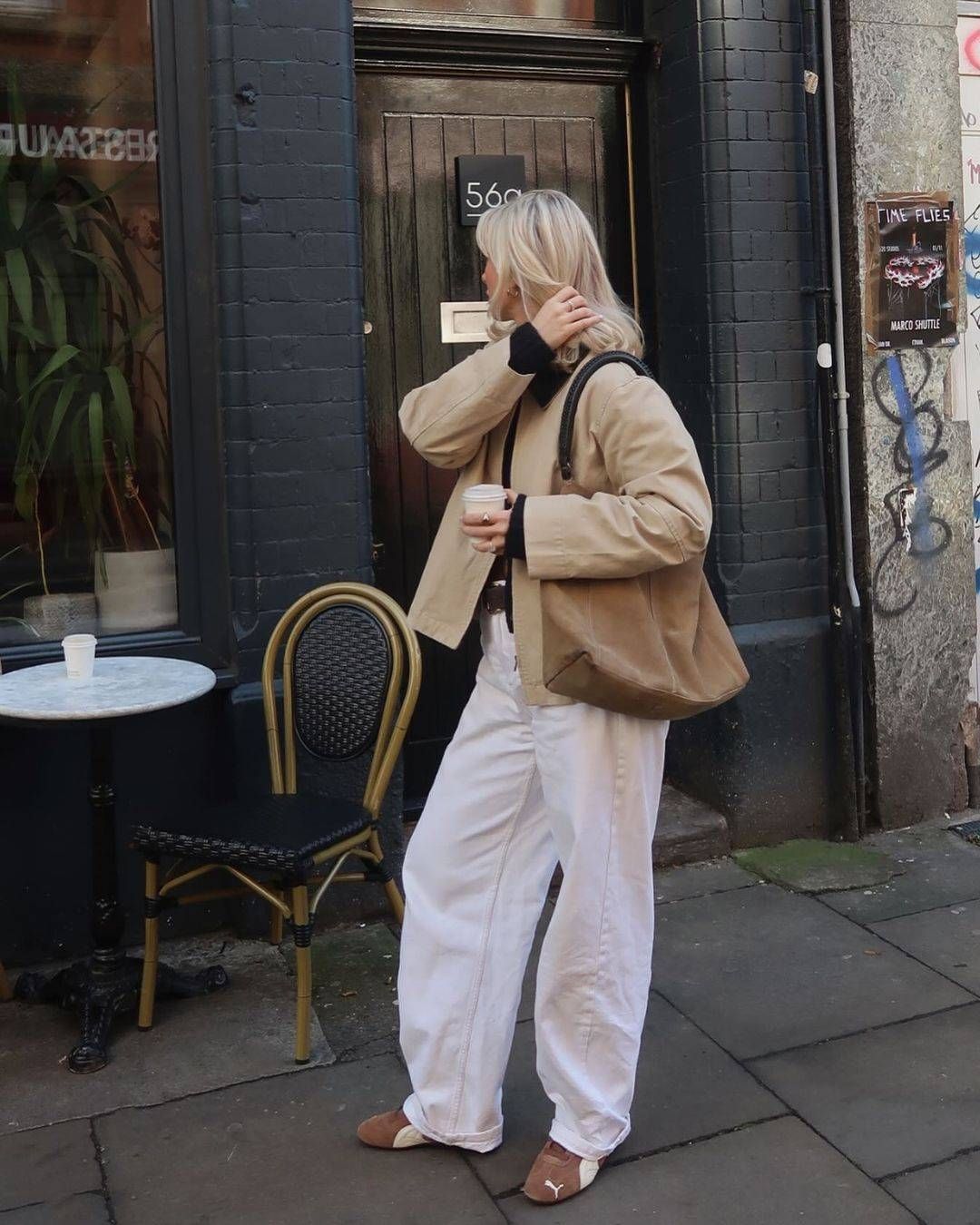
How consumer habits will change in 2025 Between dupes and low-cost, here's what to expect
Consumer trust in brands is declining, and this phenomenon is causing concern among industry professionals. According to an article by Business of Fashion, in 2022 it reached the lowest point since 2005 in the United States, Europe, and China, only to drop further in the summer of 2024. The decline is directly reflected in shopping behaviors: in the first half of 2024, over 40% of shoppers in the United States, the United Kingdom, and Germany reported spending less on clothing, footwear, and accessories compared to the previous year. According to the McKinsey State of Fashion 2025 report, «consumer confidence and spending propensity are [...] the main risks to growth». This is not just about spending less but represents a real shift in priorities: more than 60% of surveyed consumers stated that they «try to save on fashion “often” or “as much as possible”», a percentage that reaches 75% in the United States and surpasses 80% when looking at 2025. What are the causes of this trade-down in fashion? Inflation certainly plays a decisive role, but upon closer inspection, it is not the only factor.
According to BoF, even high-income consumers prefer to spend on travel and experiences rather than fashion. In the third quarter of 2024, according to the McKinsey State of Fashion 2025 report, the category where U.S. and European customers spent the most was food, followed by travel. At the root of this trend seems to be a matter of perceived value: consumers are unwilling to pay high prices for products of questionable quality. This explains the rise of off-price retailers, which are gaining ground. According to McKinsey, «off-price retailers have continued to increase revenues and improve profitability despite general market turbulence» with weighted average increases of 4.6% compared to an average of 2.6% for publicly traded companies.
However, the second-hand market is proving to be the true protagonist. By 2025, according to BoF, «second-hand sales will represent 10% of the global clothing market and the segment is expected to grow at a compound annual rate of 12% to reach $350 billion by 2028». The reason? According to an internal report by Vinted, it is the excellent value for money: 48% of platform consumers chose to purchase a second-hand item because the price was lower than new without compromising on quality; 84% of buyers believe that the quality of second-hand items is equal to or even better than new ones. Outlets and e-commerce are also benefiting from this dynamic, with Zalando recording a revenue growth of 0.6% in the first half of 2024. In parallel, the phenomenon of “dupes” — affordable copies of luxury products — is gaining traction, especially among young people. The hashtag #dupe has reached nearly 6 billion views on TikTok, but it is not just a generational trend: nearly a third of U.S. adults reported intentionally purchasing a counterfeit item, with 11% buying at least one every two months, while 17% consider dupes a valid alternative even when they can afford the original.
@maliuvi Dupes de perfumes Edición Bath & Body Works *ੈ #perfumes #parfum #perfumetiktok #fragancias #fraganciasfemeninas #dupes the internet is where we met - >_<
To address market changes, brands must adapt to the new needs of consumers, identifying the core values of today’s customers such as superior quality, affordability, and sustainability. Once understood, companies should communicate their values clearly and authentically, using channels like social media, forums, and influencer-created content. The Business of Fashion article suggests that brands should explore new physical channels to attract buyers: outlets and resale platforms represent a way to win over less affluent customers while maintaining control over the quality of second-hand products. Investing in the quality of materials and the durability of products reinforces a brand's positive perception and responds to the growing attention consumers are paying to values, ultimately helping to restore lost trust and revive a struggling market.







